Web Application Firewall (WAF) adds a layer of defence between the site’s traffic and the web application, protecting it.
Stopping cookie poisoning, preventing SQL injection, preventing cross-site scripting, and mitigating DOS assaults are just some of the ways a WAF can help an online application.
Here are the 6 features that any WAF should have.
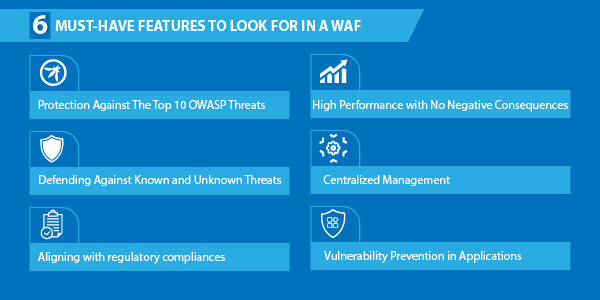
1. Protection Against The Top 10 OWASP Threats
The “Open Web Applications Security Project,” or OWASP, is an open software security group that collects a list of the top web server threats.
To ensure security against the most common application assaults, your WAF must defend web applications and servers from the OWASP Top 10.
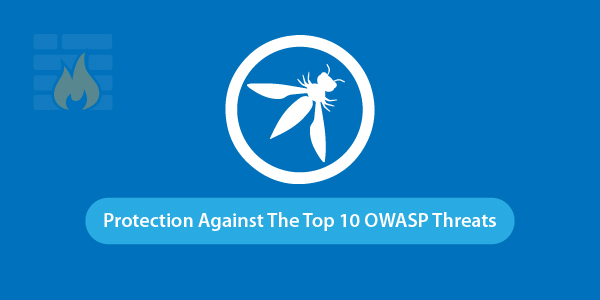
Without testing, determining the efficiency of a WAF solution’s protection against the OWASP Top 10 is challenging.
A good technique to acquire insight into the effectiveness of major WAFs on the market is to seek steady testing and validation from a reputable agency.
2. Defending Against Known and Unknown Threats
A Web Application Firewall should support both positive and negative security paradigms.
Because it protects against known exploits, a negative security paradigm is simple to implement.
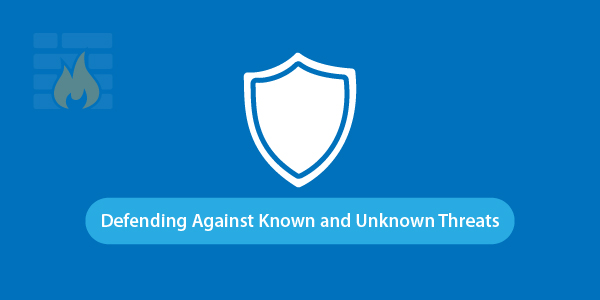
By default, a positive security model rejects all transactions but utilizes criteria to accept only those that are known to be genuine and safe.
This method is both more efficient and safe (fewer rules to process each transaction), but it necessitates a thorough understanding of the applications to be protected.
3. Aligning with regulatory compliances
One of the biggest challenges for organizations is meeting the regulatory standards.
Regulatory standards are a set of norms that an organization needs to abide by, for ensuring the complete security of its application.
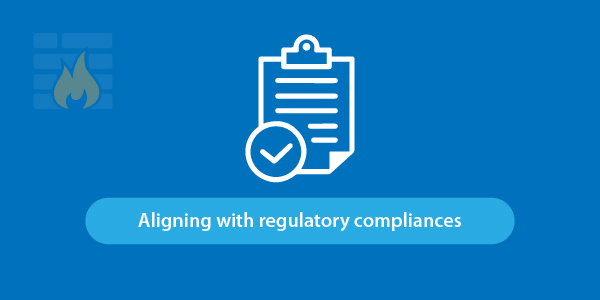
Some of the most common compliances are HIPPA, HITRUST, FINRA, PCI DSS, etc.
While a vulnerability scanner or a WAF can help you meet the required requirements. The most effective approach is to combine the data from scanning technologies with the attack-mitigation capabilities of a WAF.
4. High Performance with No Negative Consequences
When it comes to a WAF, performance is crucial. The WAF you choose should not harm existing infrastructures, such as application and network devices.
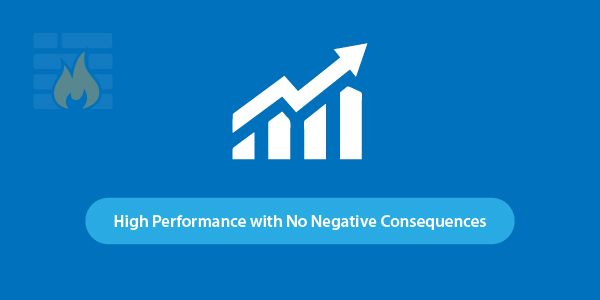
Despite the WAF acting as the application’s security proxy, the application continues to transact data without experiencing a backlog of requests. This can also cause the application to collapse under excessive loads.
The program should act as if there is no WAF installed. In addition, the WAF should be fully transparent to the end-user. There should be no visible delays or service interruptions for users.
5. Centralized Management
Centralized management is critical for web application infrastructure dispersed across multiple settings, especially globally.
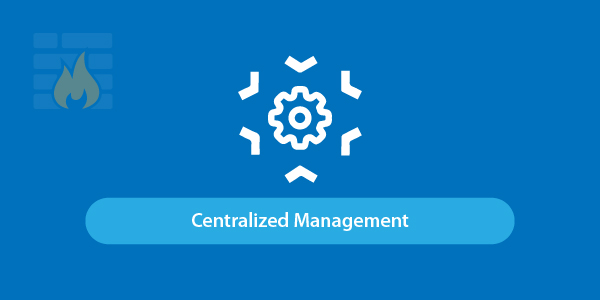
You’d like to be able to manage many WAF appliances without having to connect to each one individually.
This means that your WAF solution must work with a Centralized Management platform to enable you to create, maintain, and enforce a consistent security policy across your whole enterprise.
6. Vulnerability Prevention in Applications
Vulnerabilities in web applications are one of the most prominent sources of data breaches. Companies’ online infrastructures are vulnerable to attacks.
The common attacks are cross-site scripting, SQL injections, cookie poisoning, and others due to vulnerabilities that are unique to each application.

After the discovery of faults and vulnerabilities in the software code, your WAF should apply corrections (virtual patches) as soon as possible to prevent an attacker from exploiting them.
This virtual patching involves no immediate software modifications. It helps enterprises to secure applications quickly—and in some circumstances, automatically—during dynamic application testing.
Virtual patches are an important part of a solid WAF, and they frequently require integration with a vulnerability scanner.
Apart from these 6 must-have WAF features, features like inbuilt DLP, load balancer, and active threat intelligence also play a crucial role in protecting an application.





